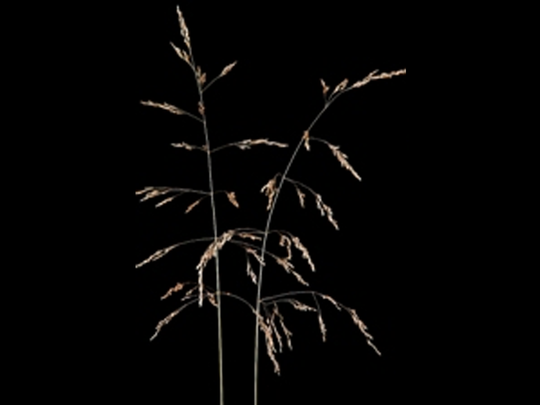Perennial, densely tufted top grass. Forms bushy tussocks in pastureland. Shoots emerge early in the spring. Culms are 50–100 cm tall. Flowers June to August. Tufted hair grass growth mainly on damp or marshy grassland, ditches, riverbanks and damp woodland. Rarely found on dry sites. Not tolerant of flooded and waterlogged soils. Tufted hair grass is regarded as the most troublesome weed on permanent grassland. Livestock tend to avoid it on account of its tough, spiky leaves, which allows it to spread undisturbed. Seed dispersal can be prevented by constant short mowing. The feed value of 3 is correspondingly low. Horses are more likely than cattle to graze the young tussocks.

